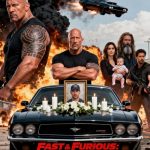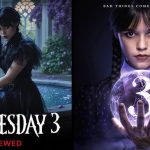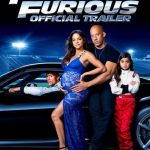The Godfather 4 (2025)

Related Movies:
Related Movies:
Related Movies:
Related Movies:
Related Movies:
Related Movies:
Related Movies:
Related Movies:
Related Movies:
Related Movies:
The Godfather 4 (2025) – Plot Review
The Godfather 4 is a highly anticipated continuation of the legendary saga, which explores the complex world of organized crime, family loyalty, and the consequences of power. Picking up years after the tragic events of The Godfather Part III, this installment dives deeper into the aftermath of Michael Corleone’s (Al Pacino) attempts to extricate the Corleone family from the criminal underworld while trying to atone for his sins.
Plot:
The film begins in the 1980s, with Michael Corleone now an aging man who has spent decades trying to free himself from the shadow of the Corleone crime syndicate. He is finally at a point where he’s publicly distanced himself from the family’s illicit dealings, focusing instead on legitimate business ventures, including a significant stake in real estate and the burgeoning global banking system. But, as the saying goes, “the past never dies,” and Michael’s quest for redemption is far from over.
The story shifts between Michael’s efforts to rebuild his life and the emerging power struggle within the world of organized crime. While Michael wants to live out his remaining years in peace, a new generation of power-hungry criminals—led by a charismatic and ruthless figure named Dominic “Dom” Mancini—begins to rise, threatening the fragile peace that Michael has worked so hard to create. Mancini, an ambitious and highly connected figure with deep ties to both political and criminal organizations, seeks to reclaim the Corleone empire for himself, aiming to consolidate power across the nation’s criminal syndicates.
At the same time, Michael’s children—Mary Corleone (Sofia Coppola) and Vincent Mancini (Andy Garcia)—find themselves caught in the shifting tides of power. Mary, who has grown distant from the family’s business dealings and married outside the criminal world, is forced back into the fold when her father’s life and legacy come under threat. She represents the generational divide, torn between her love for her family and her desire to lead a life free from the bloodstained history of the Corleones.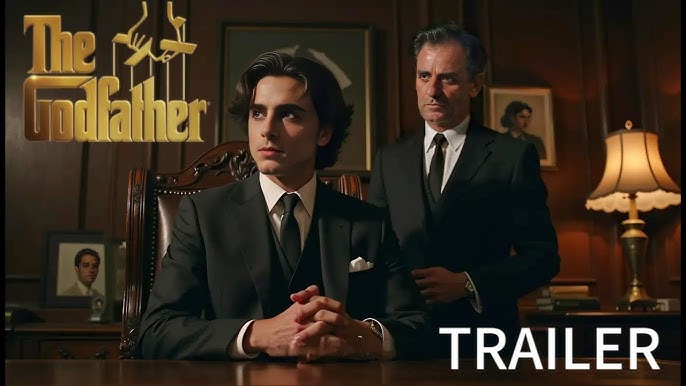
Meanwhile, Vincent—Michael’s nephew and the son of Sonny Corleone—finds himself struggling with his role as the heir to the Corleone family. After years of trying to step out from under the shadow of his uncle, Vincent is drawn back into the family’s conflict, slowly transforming into the leader he was always meant to be, though he struggles with the ethical dilemmas of following in Michael’s footsteps. His ambition and ruthlessness grow as he faces the growing criminal threat and begins to see the necessity of securing the Corleone legacy, even at a high moral cost.
As the tension builds, a battle for control of the underworld ensues between Michael’s old allies and the new power players, leading to shocking betrayals, unexpected alliances, and brutal showdowns. The film’s crescendo comes when Michael, in a final act of desperation, is forced to reckon with the ghosts of his past—his role in the family business, the murder of his brother Fredo, and his own deep sense of guilt and loss.
In a tragic and poetic turn, Michael’s ultimate realization of the price of power leads him to make an impossible decision, one that will secure the future of the Corleone family but at the cost of his soul. The end of the film marks a somber yet definitive close to the saga, with a new generation of leaders emerging and Michael’s legacy both defined and cursed by the choices he made.
Key Themes:
-
Redemption vs. Legacy: The central struggle of Michael’s character is whether it’s possible to escape the legacy of his father and grandfather, while still trying to redeem himself. This theme is mirrored in the younger generation, as Vincent and Mary navigate their inheritance of the family’s name and bloodshed.
-
Family Loyalty vs. Power: The Corleone family continues to wrestle with the dichotomy of loyalty to each other and the drive for power. As characters like Vincent and Dominic rise to prominence, the question of whether power corrupts or defines family loyalty is at the forefront.
-
The Price of Power: As always, the Godfather saga explores the devastating cost of power, with characters making sacrifices for control of the empire, ultimately losing pieces of their humanity along the way.
-
Generational Change: The fourth film in the series highlights how the new generation of the Corleone family has inherited both the wealth and the sins of their predecessors, struggling with the complex burden of leadership.
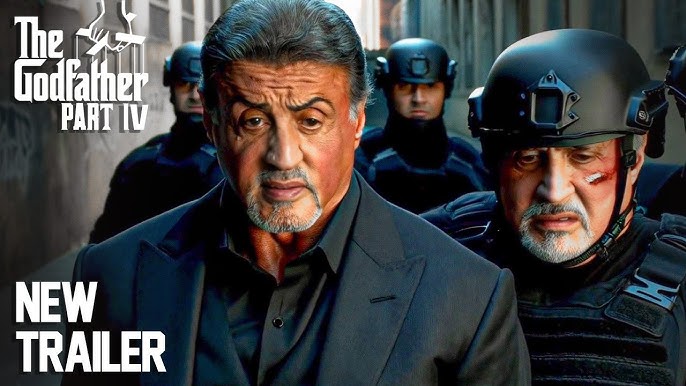
Visuals and Tone:
The Godfather 4 retains the haunting, atmospheric visuals that have defined the series. Director Francis Ford Coppola (returning to the helm) creates a film that feels both timeless and contemporary, capturing the old-world aesthetic of the Corleone family while also reflecting the changing face of organized crime and global business. The tone is somber and reflective, with intense moments of action contrasting with slow-burning, emotional character studies. The film’s cinematography mirrors Michael’s internal struggle—dark, shadowy, and claustrophobic at times, but also filled with moments of grandeur that speak to the weight of the Corleone legacy.
Character Arcs:
-
Michael Corleone (Al Pacino): Michael’s journey is one of inevitability. Despite his attempts at redemption, he is still haunted by the decisions of his past, and the film explores how he cannot fully escape the empire his father built. His arc is tragic, as he comes to the painful realization that his desire for redemption has come too late.
-
Vincent Mancini (Andy Garcia): Vincent’s transformation from reluctant heir to power-hungry leader mirrors the internal struggle of Michael, and his arc represents the inheritance of corruption. As the new head of the family, Vincent must navigate the complexities of modern crime while still trying to honor the Corleone legacy, though at a cost.
-
Mary Corleone (Sofia Coppola): Mary represents the generational conflict. Her return to the fold of the family business pulls her into a world she’s tried to avoid. She struggles with her own moral compass, torn between the love for her father and the legacy of violence she’s inherited.
-
Dominic Mancini (New Character): Dominic is a shadowy new figure who becomes the antagonist of the story. With a vision of global power, he represents the modern, dangerous face of organized crime—someone who’s willing to challenge the Corleone family’s old guard for control.
Conclusion:
The Godfather 4 is a fitting continuation of one of cinema’s greatest sagas, exploring the themes of power, legacy, and redemption through a fresh lens. With its rich character arcs, gripping drama, and poignant final moments, it brings the Corleone family’s story to a powerful, emotional conclusion. Fans of the trilogy will find this fourth chapter both a reflection of the past and an evolution of the Corleone legacy, offering an ending that is as tragic as it is inevitable
